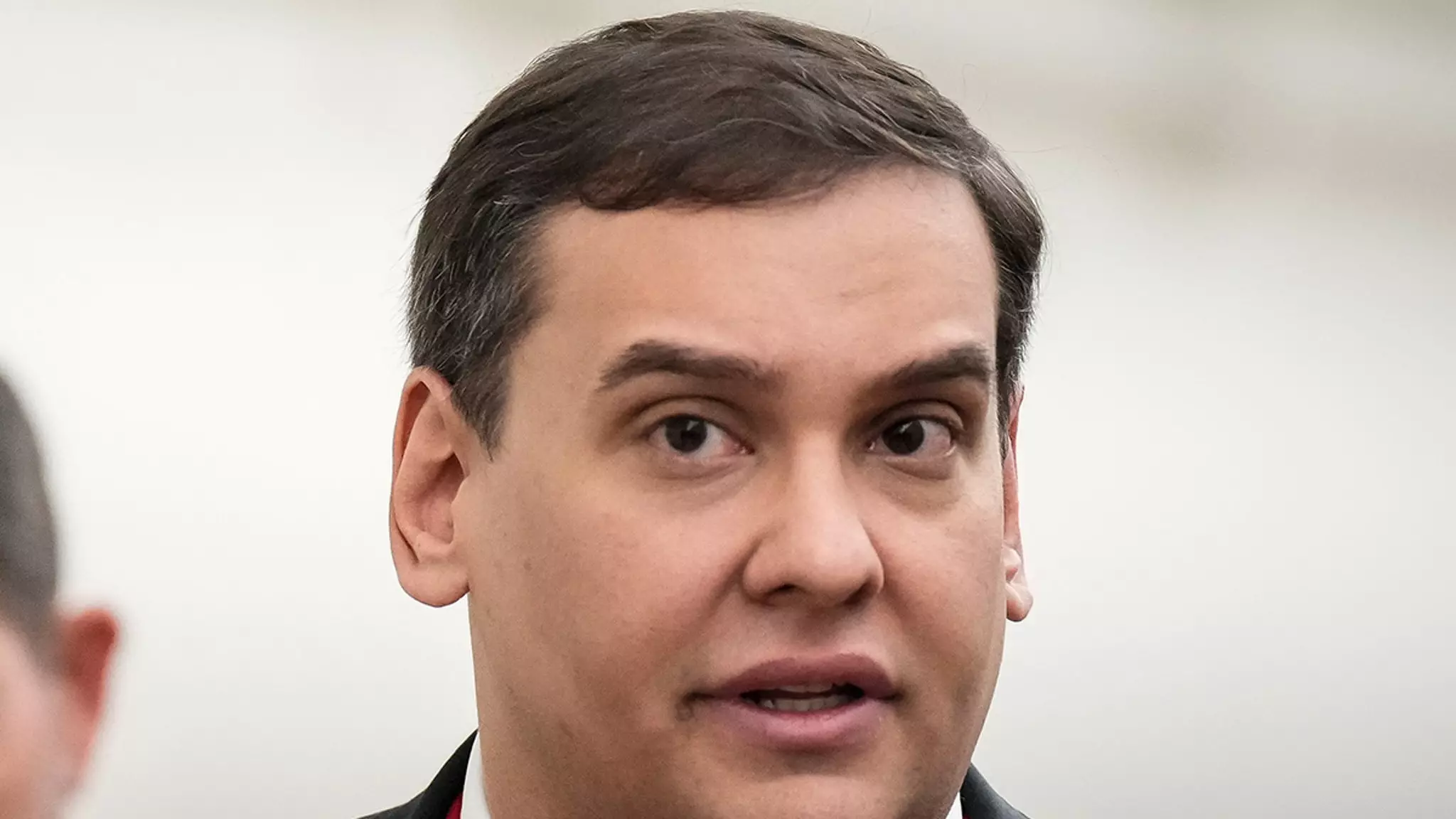George Santos, the former congressman from New York who has stirred waves of controversy, is now confronting a grim reality: imminent incarceration. Scheduled to begin his 87-month sentence for serious financial crimes, Santos is vocalizing fears that resonate with anyone who has ever contemplated the unpredictability of prison life. His stark warning to the Bureau of Prisons (BOP) not only reflects personal anxiety but also highlights broader systemic issues surrounding inmate treatment. It’s a testament to fears that, in a seemingly secure environment meant for rehabilitation, chaos can reign.
The Weight of Vulnerability
Santos’ declaration implies that he feels vulnerable and exposed as he anticipates entering the prison system. His concerns about potential brutality and the threat of sexual assault are not mere hyperbole; they tap into a well-documented concern within the prison system — the risks that incarcerated individuals face. The actions and decisions of the BOP, he believes, will fundamentally affect his experience behind bars. By predicting an “international nightmare,” Santos is putting pressure on the system to ensure his safety and well-being, inadvertently shedding light on the chilling statistics regarding prison violence.
A Complacent System
Santos suggests that, while the BOP espouses the well-being of inmates, reality diverges significantly from that rhetoric. This dissonance reflects longstanding critiques about the prison system, which often fails to protect vulnerable populations. Instances of abuse, neglect, and violence in prisons are documented fervently, suggesting that Santos’ anxiety is not unfounded. There’s a systemic failure at play when an inmate’s well-being is left to chance, raising critical questions about how the BOP manages to keep inmates safe from harm.
The Attitude of Denial
Interestingly, Santos claims he doesn’t intend to learn self-defense tactics, instead insisting on his non-violent stance. His refusal to arch towards violence raises questions about his coping mechanisms. Can one survive in an environment that often necessitates toughness and resilience without adopting at least a semblance of defense? Santos’ posture highlights a denialist approach that might place him at greater risk. Not every inmate has the luxury of treating incarceration with a nonviolent perspective; the brutal reality of prison can forcibly instill survival instincts, which Santos seems to misunderstand.
Seizing Against the Odds
Moreover, Santos seeks protective custody, illustrating his awareness of the precarious dynamics within prison. While it’s alarming that his request is even necessary, it speaks volumes about the environmental grievances that potential inmates like him face. His discussions about seeking a pardon or clemency underline a desperation to escape a system he clearly fears, whether justifiably or not. As he prepares to surrender, his narrative echoes the vulnerable cries of many who fear for their safety and dignity in a facility designed ostensibly for their oversight.
In the unfolding saga of George Santos, his warnings to the BOP aren’t merely personal grievances; they are reflections of a broader struggle for humane treatment within a flawed system. His predictions, if recognized by authorities, could spark vital discussions that may well influence future reforms in an increasingly scrutinized institution.

